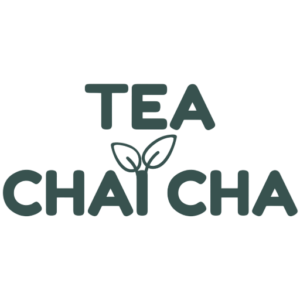Are you planning your special evening and aiming for an unforgettable experience?
Whether you’re crafting a love potion or creating a memorable dinner, hibiscus tea can catch your interest!
Hibiscus tea is known for its beautiful crimson color.
This characteristic alone should pique your interest in including it on your menu.
But what does hibiscus tea taste like?
Hibiscus tea has a tart and tangy flavor profile. It’s refreshing and slightly sour with a hint of berry-like undertones. The taste can be described as bright and zesty, often likened to a cranberry or raspberry-like sensation.
The beverage is distinctly vibrant due to its natural hibiscus flower base, which gives its taste a bold and floral quality.
This was about the taste of this tea, but do you want to make this tea stand out even more?
If yes, I have delicious flavor pairings for this tea as well as some alternatives!
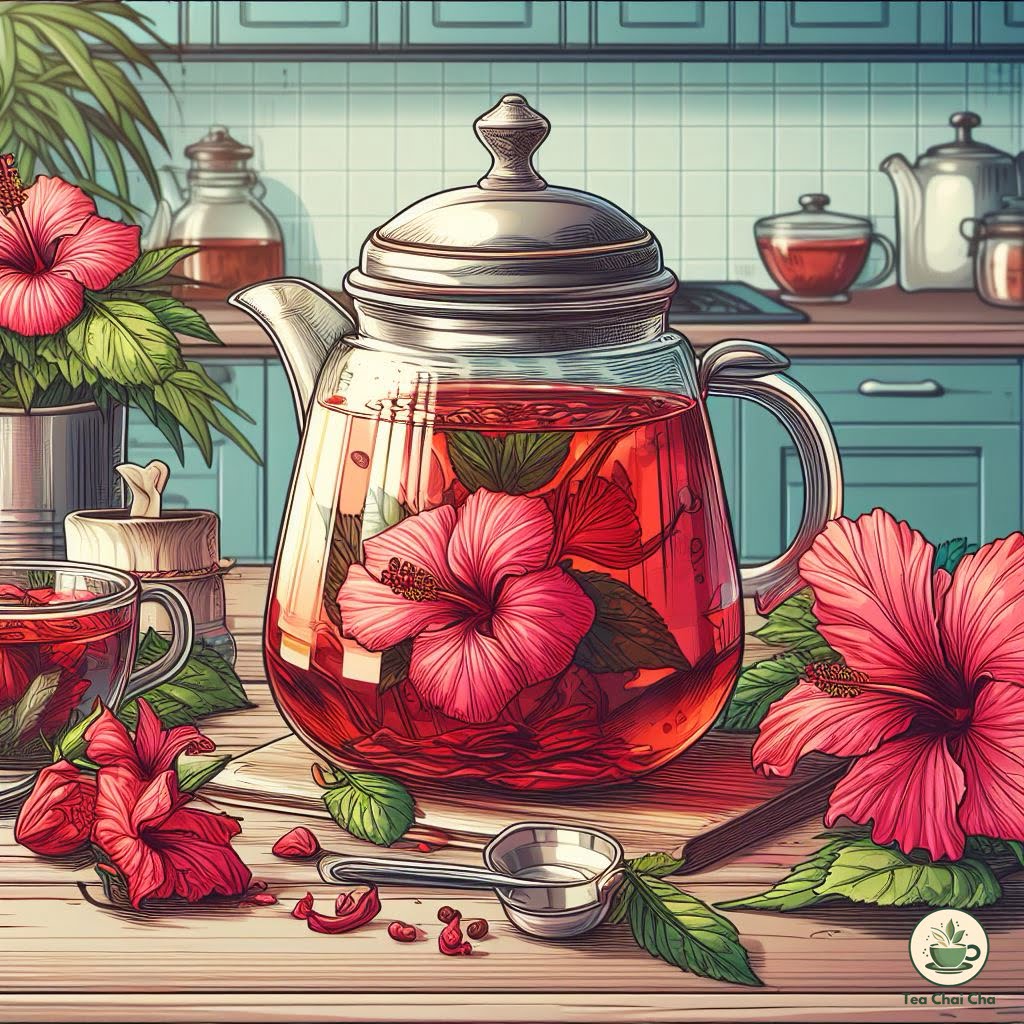
Does Hibiscus Tea Taste Good?
Yes, hibiscus tea does taste good.
Hibiscus tea is bold and tangy, with a touch of natural sweetness.
It’s a unique flavor profile that I can liken to cranberry juice, but with its own distinct twist.
It’s not overly sweet, and the tartness stands out, giving it a refreshing quality.
Some like to add a bit of honey or sugar to mellow out the tartness, while others enjoy it as is.
But remember, it’s not for everyone.
Hibiscus tea’s tartness can be too much for some, and that’s perfectly okay.
Taste is a personal preference.
If you enjoy bold and tangy flavors, you might find it delightful.
If you prefer milder, sweeter drinks, it may not be your cup of tea.
What Does Hibiscus Tea Smell Like?
Hibiscus tea has a distinctive and vibrant aroma that’s easy to recognize.
When you bring a cup of hibiscus tea to your nose, you’ll immediately notice its bold and tart scent.
It’s reminiscent of ripe berries and citrus fruits, particularly cranberries and lemons.
This tea’s fragrance is both tangy and refreshing.
The intense aroma of hibiscus tea is further enhanced by a floral undertone.
You can detect a subtle hint of flowers, which gives it a touch of sweetness amidst its tartness.
Another aspect of hibiscus tea’s scent is its slight earthiness.
It carries a hint of the natural vegetation, like the subtle scent of dried leaves and a mild grassy note.
This element adds depth to its overall aroma, making it an interesting and multi-dimensional experience for your senses.
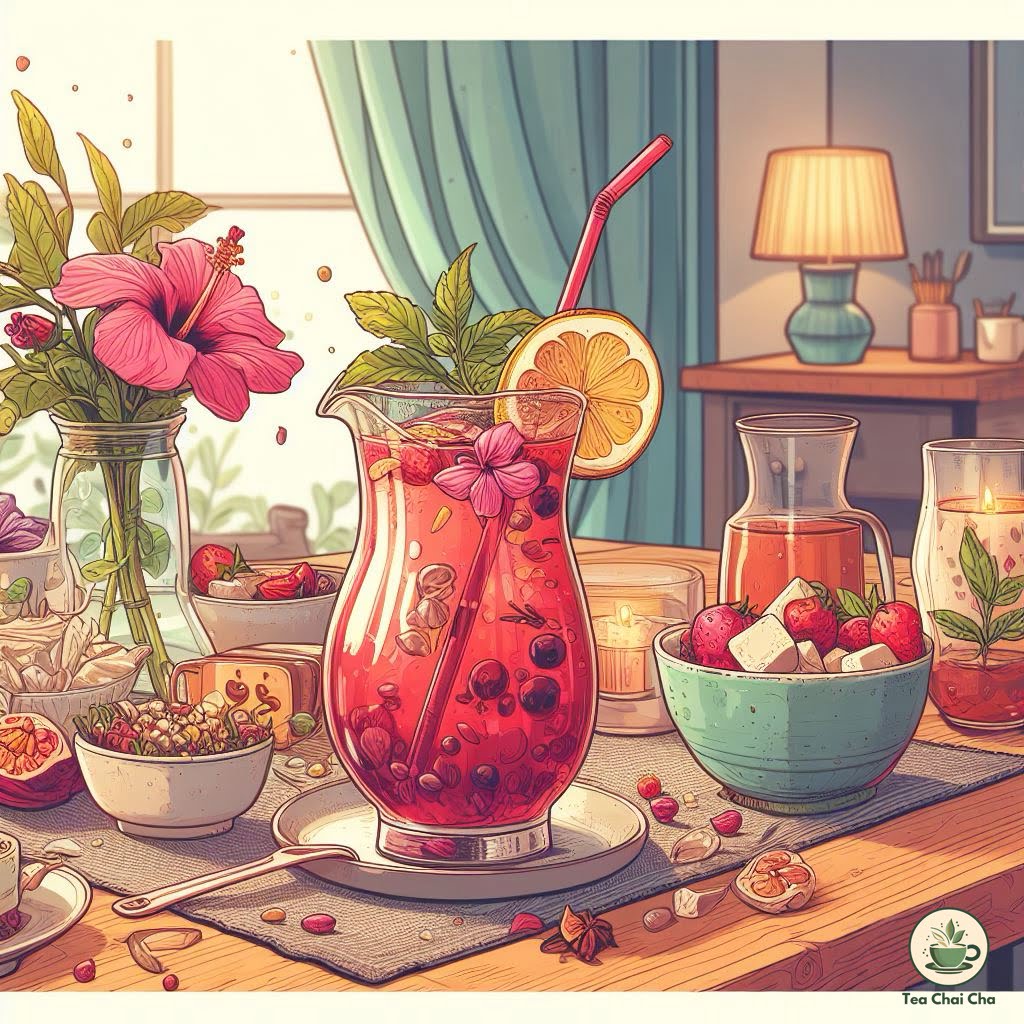
What Does Hibiscus Tea Lemonade Taste Like?
When you taste hibiscus tea lemonade, you’ll find it combines tartness and floral undertones.
The hibiscus imparts a cranberry-like tang, while the lemonade delivers a zesty, citrusy punch.
This results in a refreshing, mildly sweet drink with a clear sour hint, creating a well-rounded flavor.
The floral notes add complexity, making it a suitable choice for quenching your thirst on a hot day.
After each sip, you’re left with a lingering sour-sweet aftertaste that’s distinct and satisfying.
Why Does Hibiscus Tea Taste So?
Hibiscus tea offers a taste that is primarily shaped by the natural compounds present in the hibiscus plant.
The key contributors to hibiscus tea’s taste are organic acids, mainly citric acid and malic acid.
These acids are the ones responsible for its tart and tangy qualities, which might align with your preference for bright and vibrant flavors.
Citric acid, naturally found in hibiscus, imparts a zesty and sour note to the taste, reminiscent of the tanginess in citrus fruits.
If you enjoy this lively and refreshing sensation, it will likely appeal to your taste buds.
On the other hand, malic acid adds a sour touch with a hint of apple-like flavor.
This unique blend of citric and malic acids gives hibiscus tea its one-of-a-kind, slightly fruity sourness, creating a flavor that stands out.
Hibiscus tea also contains other compounds like flavonoids and anthocyanins, which not only contribute to the tea’s vivid red hue but can also introduce subtle berry-like notes.
If you appreciate complexity in your beverages, these additional elements in hibiscus tea might pique your interest.
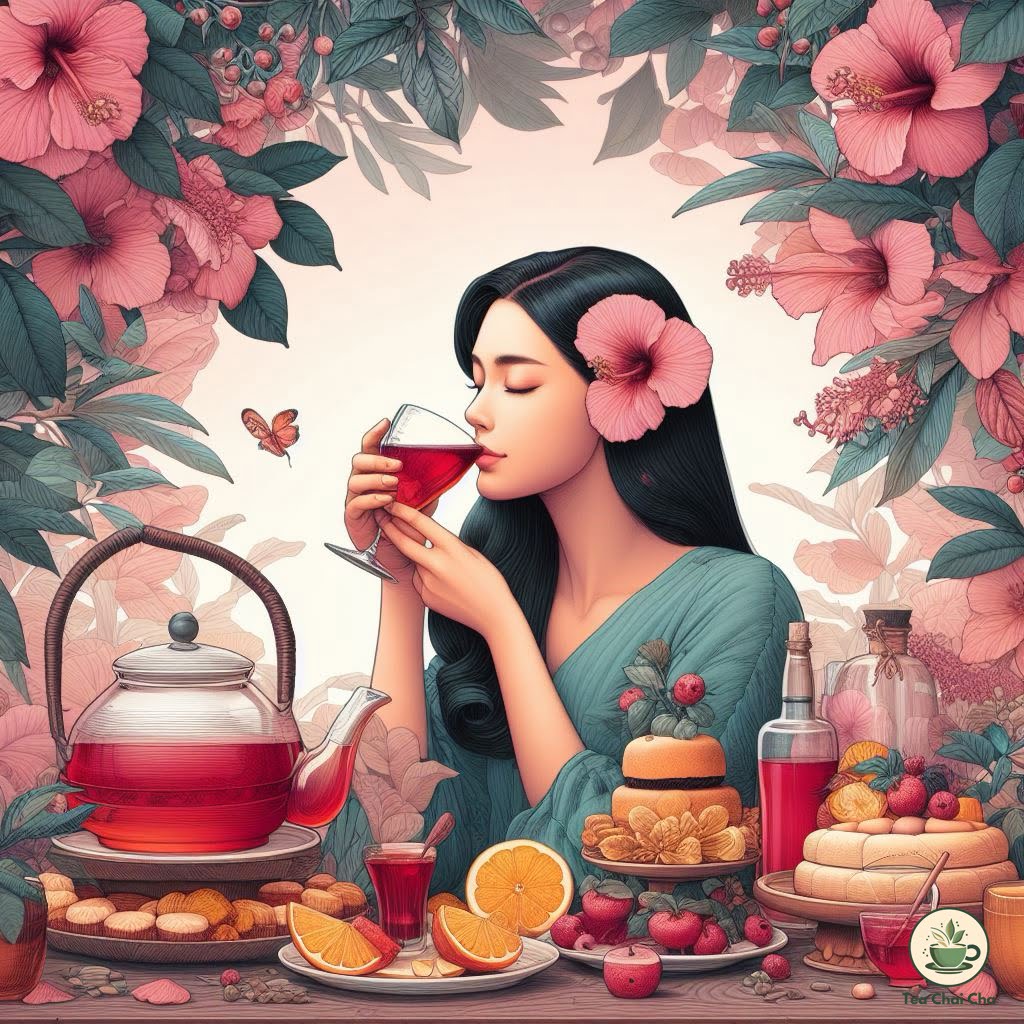
6 Different Tastes of Hibiscus Tea
So, you’ve got a cup of hibiscus tea in front of you, and you’re curious about what kind of taste layers will you get from this tea?
Here are some prominent notes that I noticed while brewing and sipping hibiscus tea.
1. Tartness
In your hibiscus tea, you’ll undoubtedly notice a pronounced tartness.
This characteristic tang arises from the abundant natural acids, especially citric acid, found in hibiscus petals.
This tangy quality delivers a refreshing experience, and makes it a favorite for those who seek a zesty and lively tea.
2. Berry-Like Sweetness
The intriguing undercurrent of berry-like sweetness that may grace your palate is a result of the natural sugars present in hibiscus petals.
When you steep the petals, these sugars are released.
These then mix with the tartness to create a well-balanced, enjoyable flavor profile.
3. Floral Undertones
Sip by sip, you might also detect delicate floral undertones in your hibiscus tea.
These come from the aromatic compounds that hibiscus flowers contain.
These floral hints add complexity to the tea’s taste, and makes it not only refreshing but also aromatic and delightful.
4. Herbal Earthiness
While hibiscus tea is often celebrated for its bright and fruity notes, it occasionally presents a subtle herbal earthiness.
This earthy quality comes from a mix of phytochemicals and plant compounds.
These elements provide a hint of grounding and a connection to the natural world.
5. Citrus Zestiness
Another interesting note to pay attention to is the citrus zestiness in hibiscus tea.
The tea’s natural acidity can evoke a sensation similar to the zing of citrus fruits, like lemons.
6. Hint of Spice
Hibiscus tea can also take on a touch of spiciness.
This complexity is often prominent when you add various spices and herbs, such as ginger, cloves, or cinnamon.
These spices increase the tea’s warmth and exotic character.
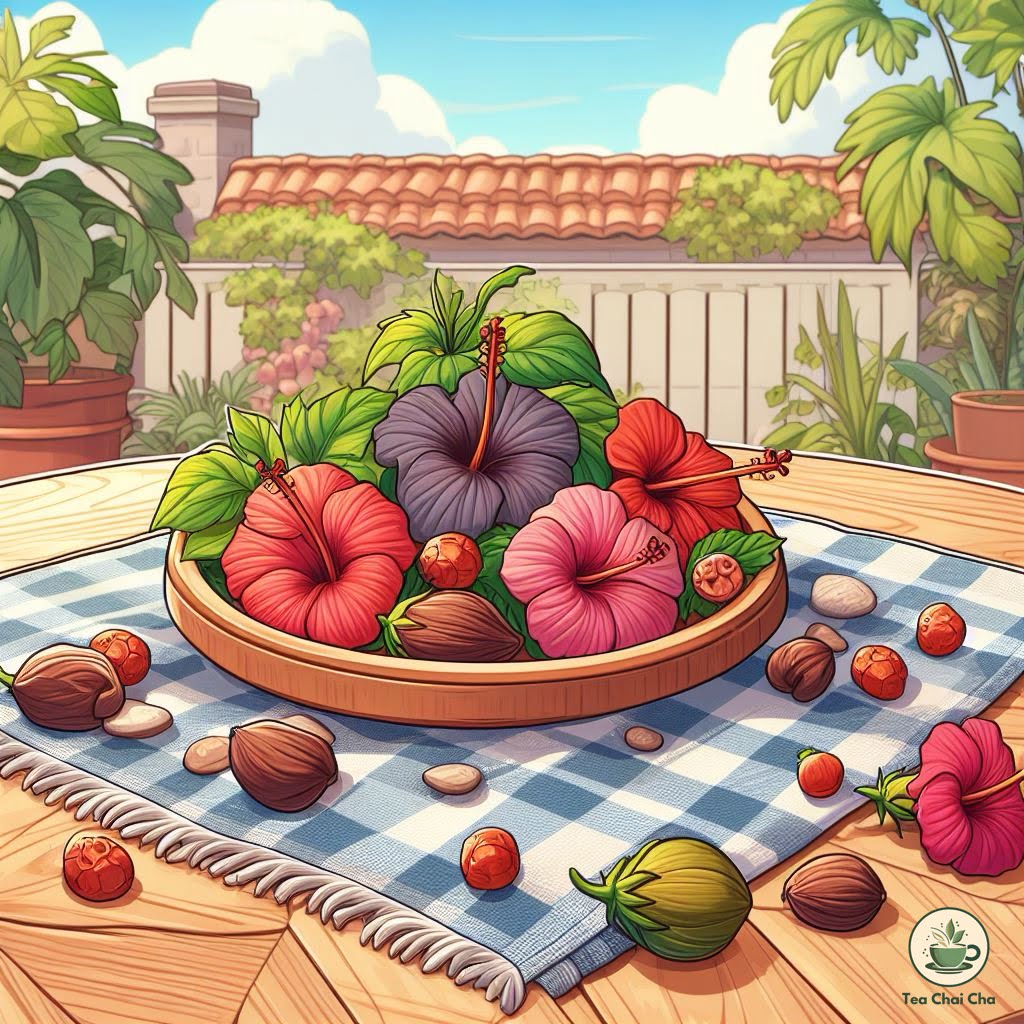
Effect of Tea Processing on Hibiscus Flavor
When making hibiscus tea, you’ll be working with the dried sepals of the hibiscus flower.
It’s essential to know how the processing of hibiscus affects the flavor of your tea.
First, the hibiscus flowers are harvested. The key part you’re after here is the calyces – the red, fleshy covers of the seed pod.
These calyces are responsible for the tea’s distinct tart and tangy taste.
After harvesting, the calyces go through a drying process.
This can be done using natural methods like sun-drying or air-drying.
The way they are dried significantly influences the flavor you’ll experience in your tea.
Once the calyces are dried, you can use them to make tea.
By steeping these dried calyces in hot water, you’ll extract the characteristic tartness and cranberry-like taste of hibiscus tea.
The longer you steep them, the stronger the flavor will be.

7 Tips to Pick the Best Tasting Hibiscus Flowers for Tea
To pick the best tasting hibiscus flowers, follow my tips to ensure you select the finest petals and buds:
1. Choose Vibrant Color
Look for hibiscus flowers with vibrant, deep colors.
The petals should be a rich shade of red, magenta, or any color that is characteristic of the variety you’re selecting.
Dull or faded colors can indicate older or less flavorful flowers.
2. Firm and Fresh
Ensure that the petals and buds are firm and fresh.
Gently press the petals; they should not feel mushy or brittle.
Freshness is a key indicator of flavor.
3. Unblemished Petals
Examine the petals closely for any blemishes, spots, or discoloration.
The best tasting hibiscus flowers will have clean, unblemished petals.
Avoid any with visible damage.
4. Aroma Matters
Give the flowers a gentle sniff.
The best hibiscus flowers will have a pleasant, fruity aroma.
A strong and sweet scent is often a good sign of flavor.
5. Size and Texture
Opt for hibiscus flowers with large, full petals.
Larger petals tend to have a more pronounced flavor.
Additionally, check for a smooth, slightly waxy texture, which can be an indicator of quality.
6. Harvest Time
Consider the time of harvest.
Hibiscus flowers picked when they are in full bloom tend to be more flavorful.
Avoid those that have withered or started to droop.
7. Avoid Pesticide Residue
If possible, choose hibiscus flowers that are labeled as organic or have been grown using minimal pesticide use.
This ensures you’re not consuming any unwanted chemicals that can affect the taste.
What Flavors Pair Well with Hibiscus Tea
So, you’ve decided to have this tea on your menu but don’t have some food pairings option?
I got your back with some amazing suggestions that you can absolutely serve to your guests with hibiscus tea!
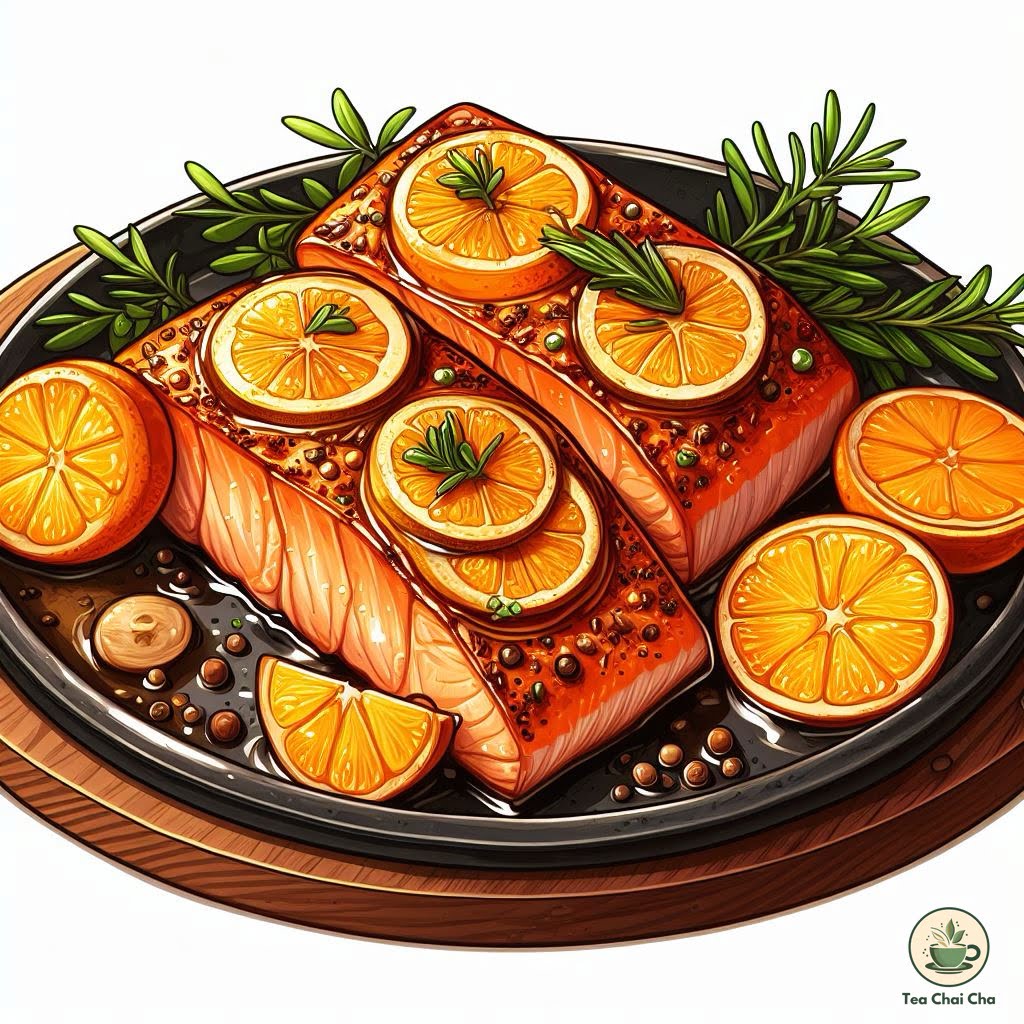
1. Citrus-Glazed Salmon
Serve succulent salmon filets with a zesty citrus glaze that complements the tangy notes of hibiscus tea.
The combination of the fish’s richness and the tea’s floral flavors creates a delightful main course.
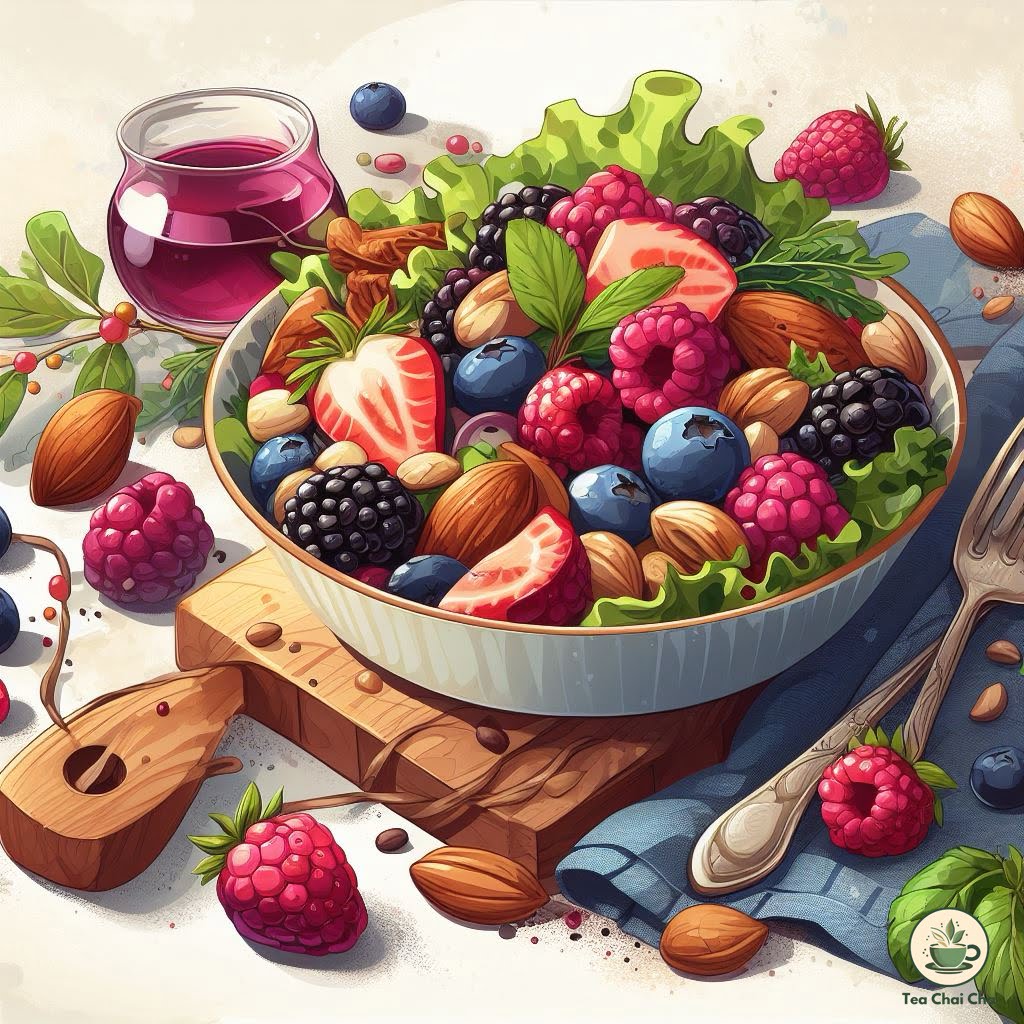
2. Mixed Berry Salad
Prepare a vibrant mixed berry salad with strawberries, blueberries, and raspberries.
The sweet and tart profile of the berries harmonizes beautifully with hibiscus tea, making it an ideal side dish.
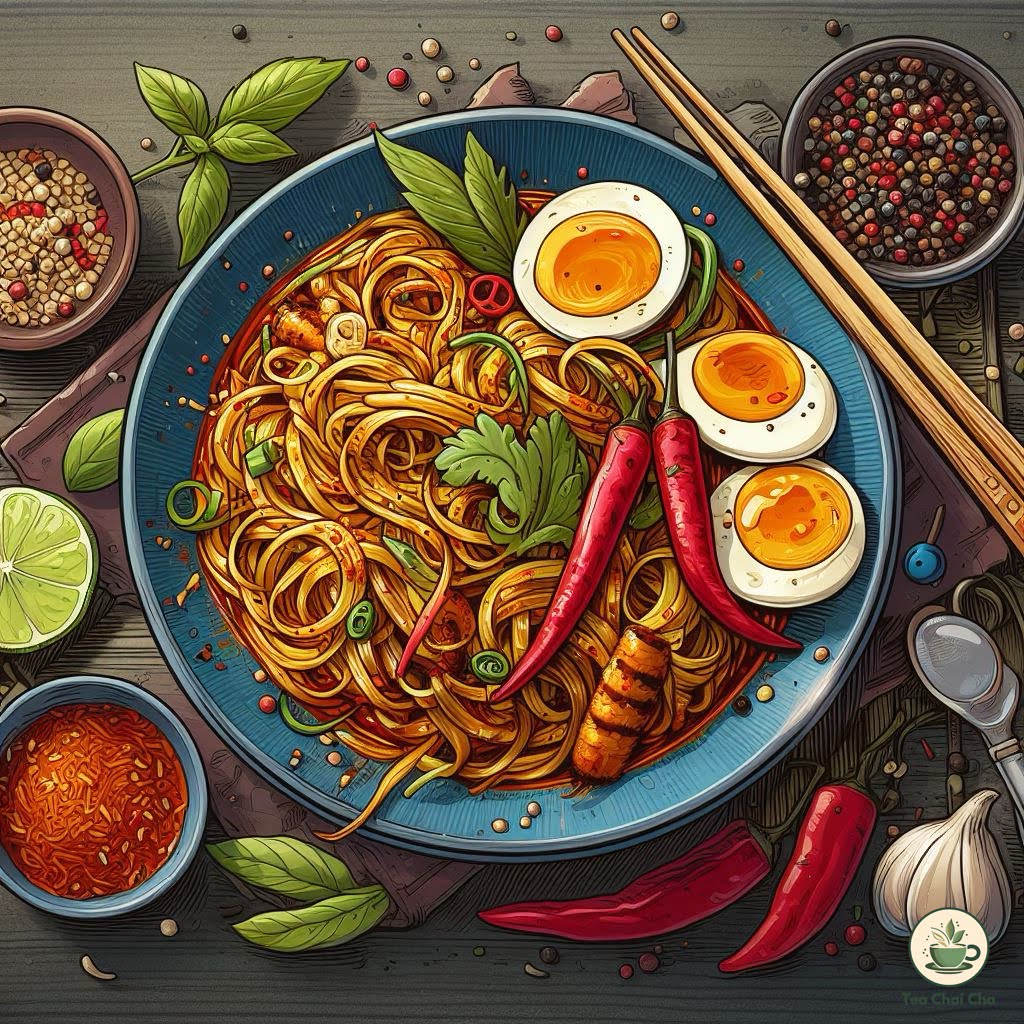
3. Spicy Thai Noodles
For a bold and flavorful choice, offer a dish of spicy Thai noodles with a kick of heat and exotic spices.
The spiciness of the noodles will contrast superbly with hibiscus tea’s floral undertones.

4. Ginger-Lime Chicken Skewers
Skewers of ginger-lime marinated chicken provide a tantalizing blend of flavors.
The ginger adds warmth while the lime complements the tea’s citrusy qualities, making it a fantastic appetizer.
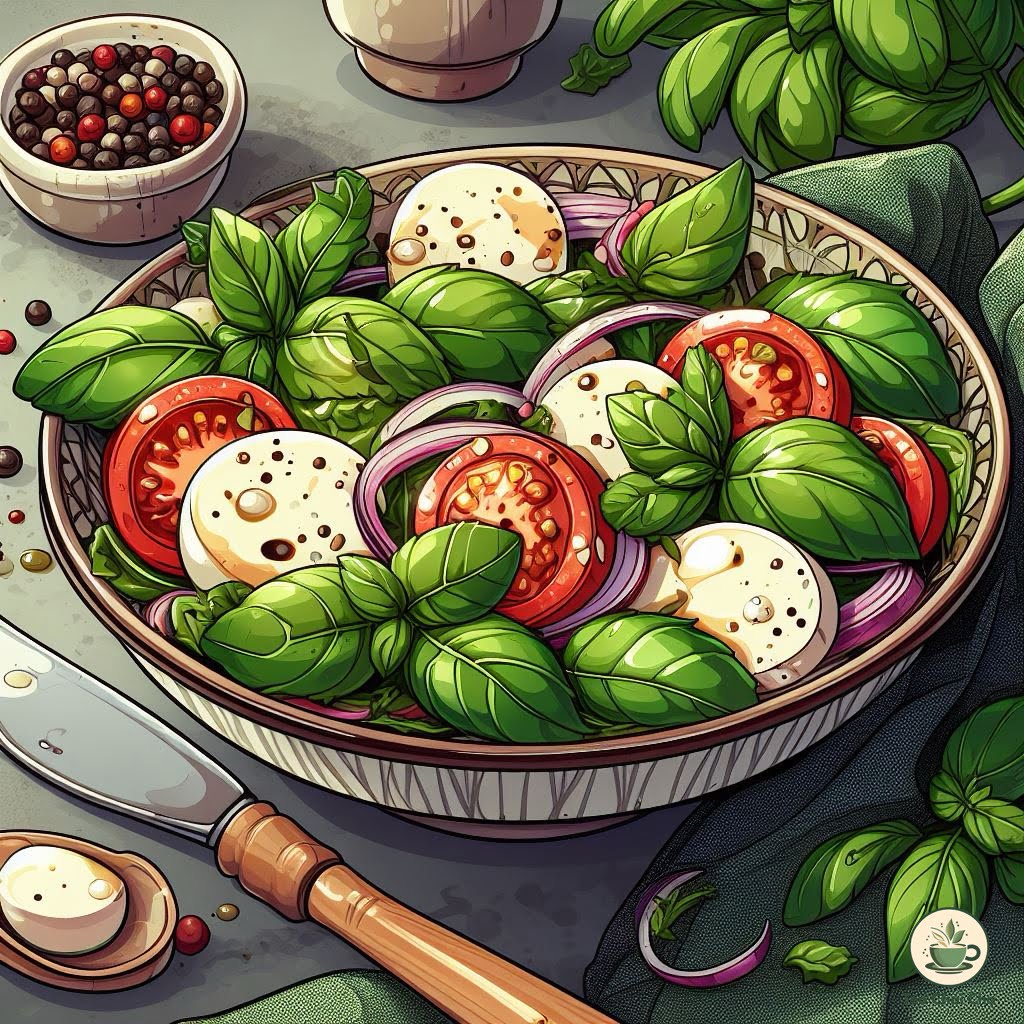
5. Mint and Basil Caprese Salad
Create a refreshing mint and basil Caprese salad with ripe tomatoes, fresh mozzarella, and a drizzle of balsamic glaze.
The aromatic herbs and balsamic accentuate the hibiscus tea’s floral notes.
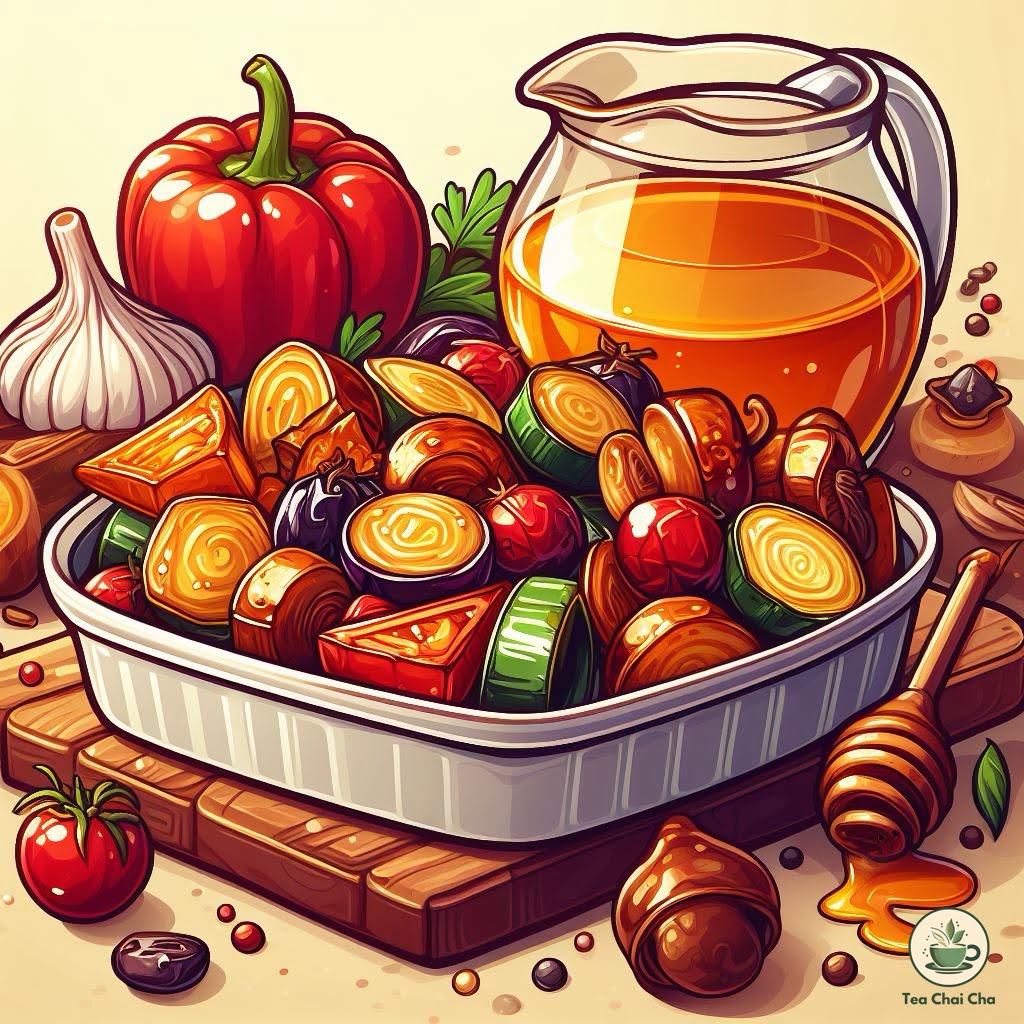
6. Honey-Glazed Roasted Vegetables
Roast an array of vegetables and glaze them with honey.
This side dish brings out the natural sweetness in hibiscus tea while offering a balance to the tea’s tartness.
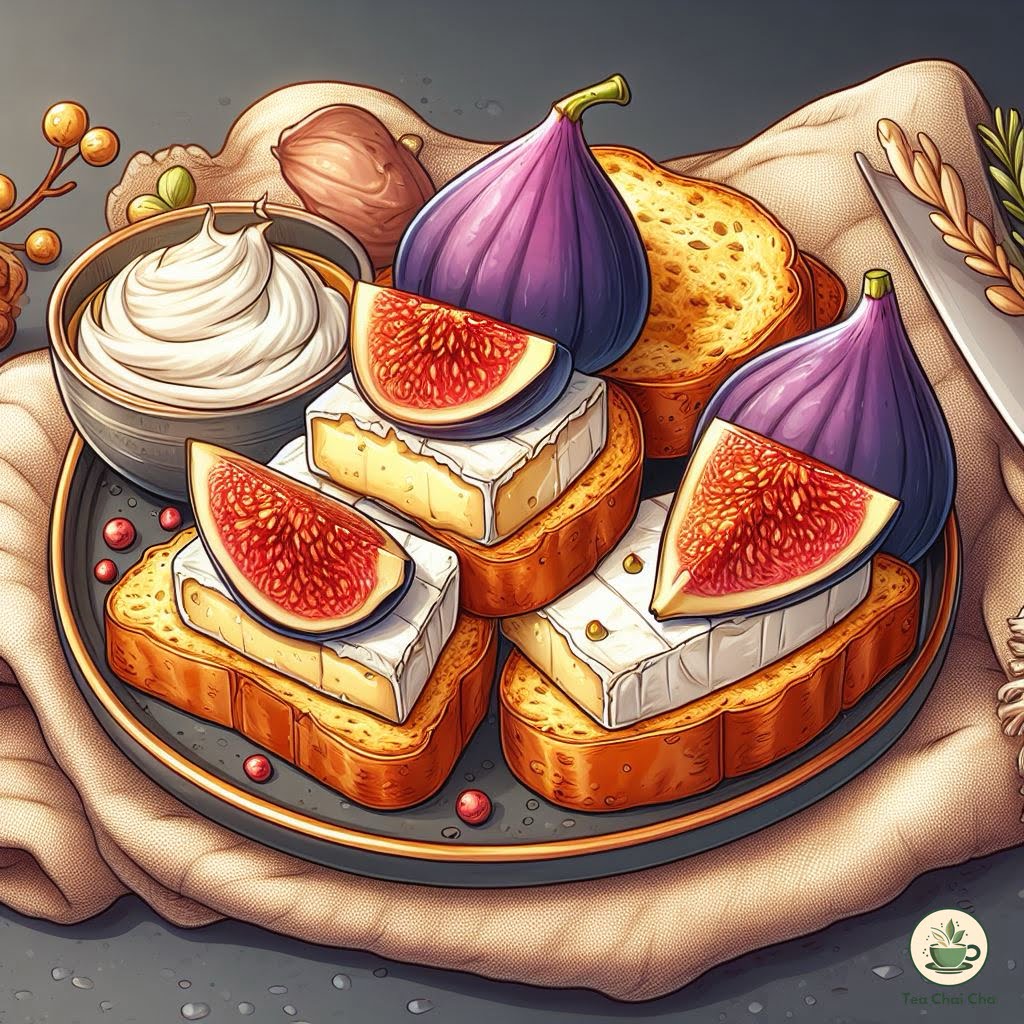
7. Brie and Fig Crostini
Brie and fig crostini make for an elegant and savory appetizer.
The creamy brie complements the tea’s floral elements, and the sweet figs add a delightful contrast.
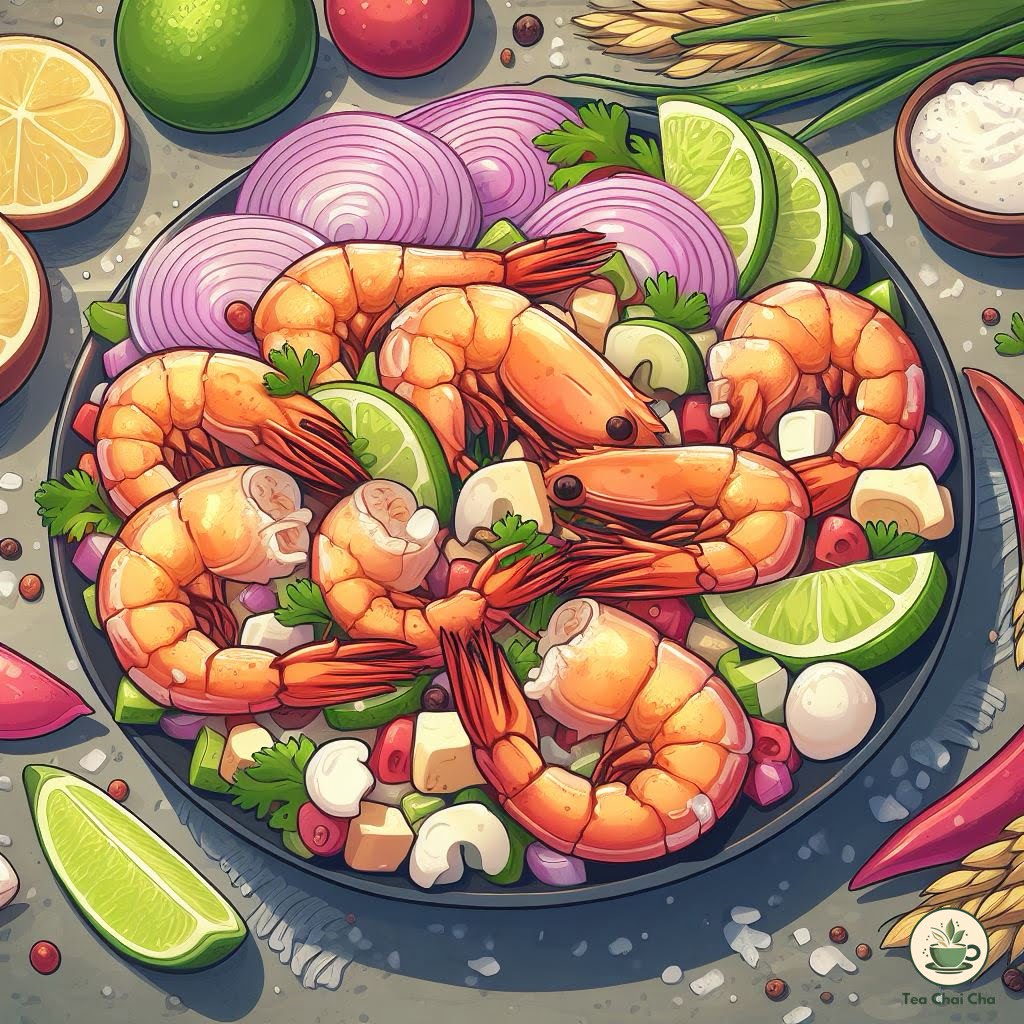
8. Shrimp Ceviche
Fresh and zesty shrimp ceviche pairs exquisitely with hibiscus tea.
The citrusy, tangy flavors in the ceviche complement the tea’s natural characteristics.
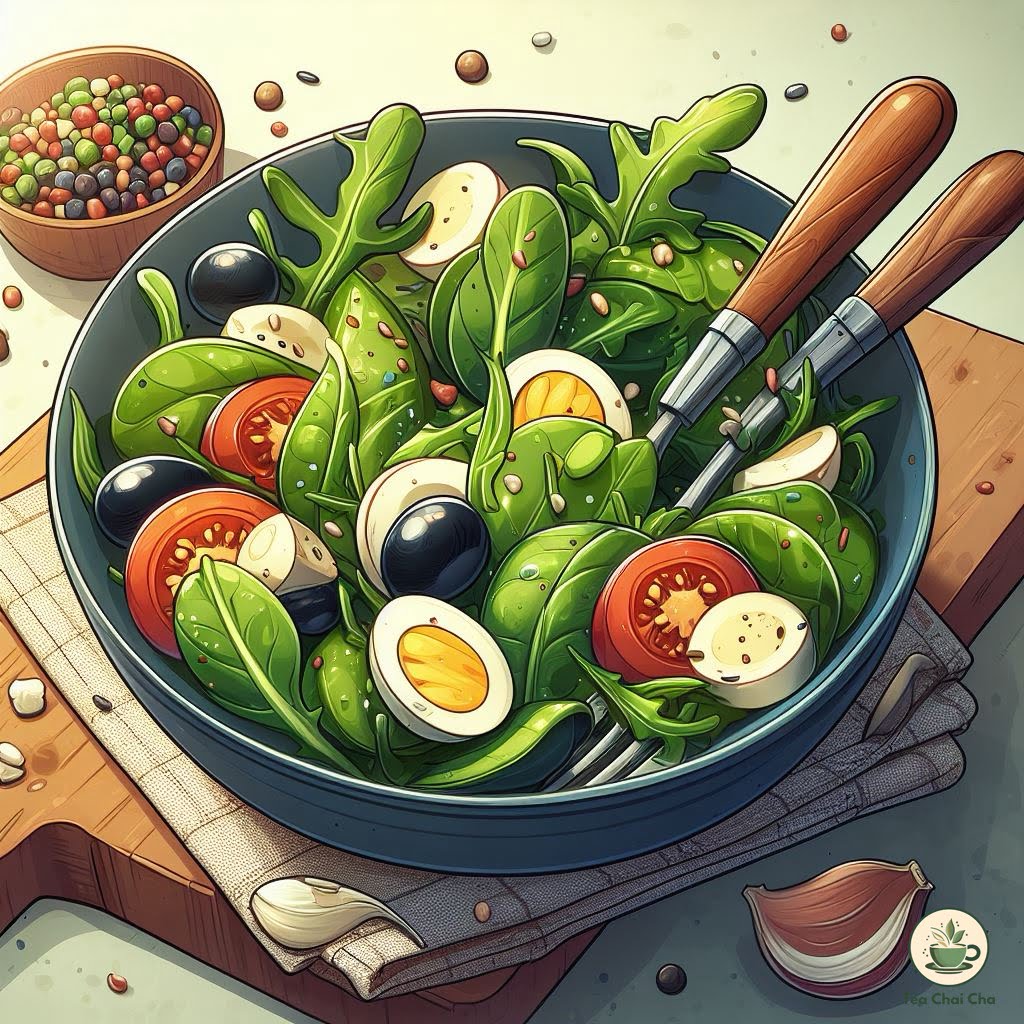
9. Spinach and Arugula Salad
A spinach and arugula salad with a tangy vinaigrette dressing is an excellent choice to accompany hibiscus tea.
The salad’s fresh, crisp greens match the tea’s profile.
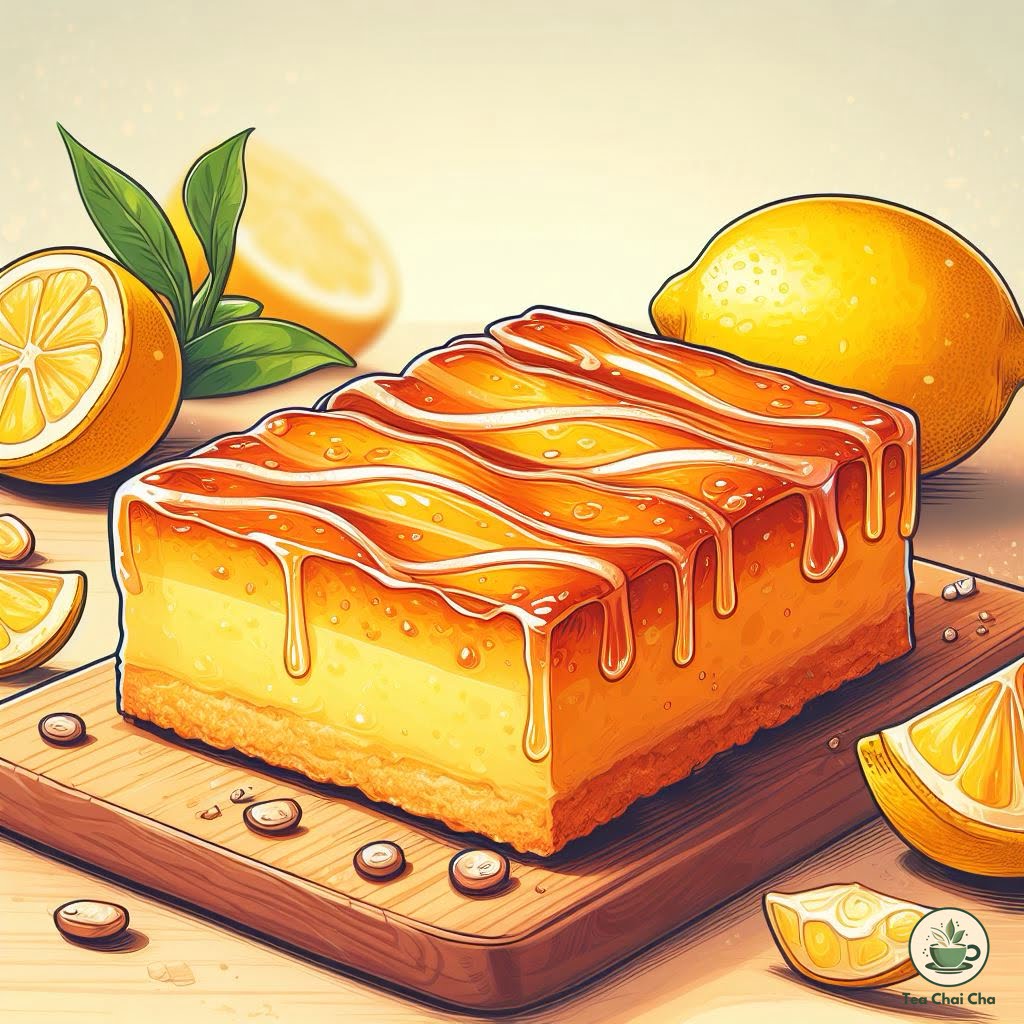
10. Lemon Bars
Conclude your party dinner with a sweet treat like lemon bars.
The lemony dessert aligns with the citrus undertones of hibiscus tea and gives a harmonious ending to your meal.
8 Teas That Taste like Hibiscus Tea
If you enjoy the vibrant, tart flavor of hibiscus tea, you might be curious about other teas that offer similar taste profiles.
I have tried some teas that capture the essence of hibiscus in different ways.
| Hibiscus Tea Flavor Alternatives | Flavor Profile |
|---|---|
| Rosehip Tea | Tart, subtly floral, and fruity |
| Cranberry Tea | Tart, tangy, and slightly sweet |
| Red Berry Blends | Bright, fruity, and caffeine-free |
| Pomegranate Tea | Tangy and sweet |
| Cherry Tea | Tart with natural sweetness |
| Lemon Zest Tea | Zesty and citrusy |
| Elderberry Tea | Tart with a mild earthy undertone |
| Cherry Blossom Tea | Delicate floral with subtle tartness |
1. Rosehip Tea
Rosehip tea shares a similar tartness with hibiscus tea but has a subtly floral and fruity note.
It’s known for its high vitamin C content, making it a healthy choice in addition to its enjoyable taste.
2. Cranberry Tea
Cranberry tea boasts a tart and tangy flavor, reminiscent of hibiscus.
It’s well-loved for its natural sweetness and slightly astringent quality.
This tea can be consumed hot or cold and is often celebrated for its potential health benefits.
3. Red Berry Blends
Various red berry blends, combining fruits like cherries, strawberries, and raspberries, provide a tart and fruity experience akin to hibiscus.
These blends often have a bright, lively character, and they are frequently caffeine-free.
4. Pomegranate Tea
Pomegranate tea is another delightful option with a tangy, sweet taste profile.
It captures the essence of pomegranate while offering a refreshing and invigorating flavor.
5. Cherry Tea
Cherry tea, particularly sour cherry or Montmorency cherry varieties, can mimic the tartness found in hibiscus tea.
It’s a well-balanced tea with a hint of natural sweetness that’s quite enjoyable.
6. Lemon Zest Tea
If you appreciate the zesty quality of hibiscus, lemon zest tea could be a good choice.
It provides a lively, citrusy tang that awakens your taste buds without overwhelming them.
7. Elderberry Tea
Elderberry tea offers a unique tartness combined with a mild earthy undertone.
It’s known for its potential immune-boosting properties and has a distinctive taste that’s different from hibiscus but equally appealing.
8. Cherry Blossom Tea
Cherry blossom tea carries a delicate floral flavor with a subtle tartness, similar to hibiscus but with a milder touch.
It’s an excellent choice for those who enjoy floral notes in their tea.
